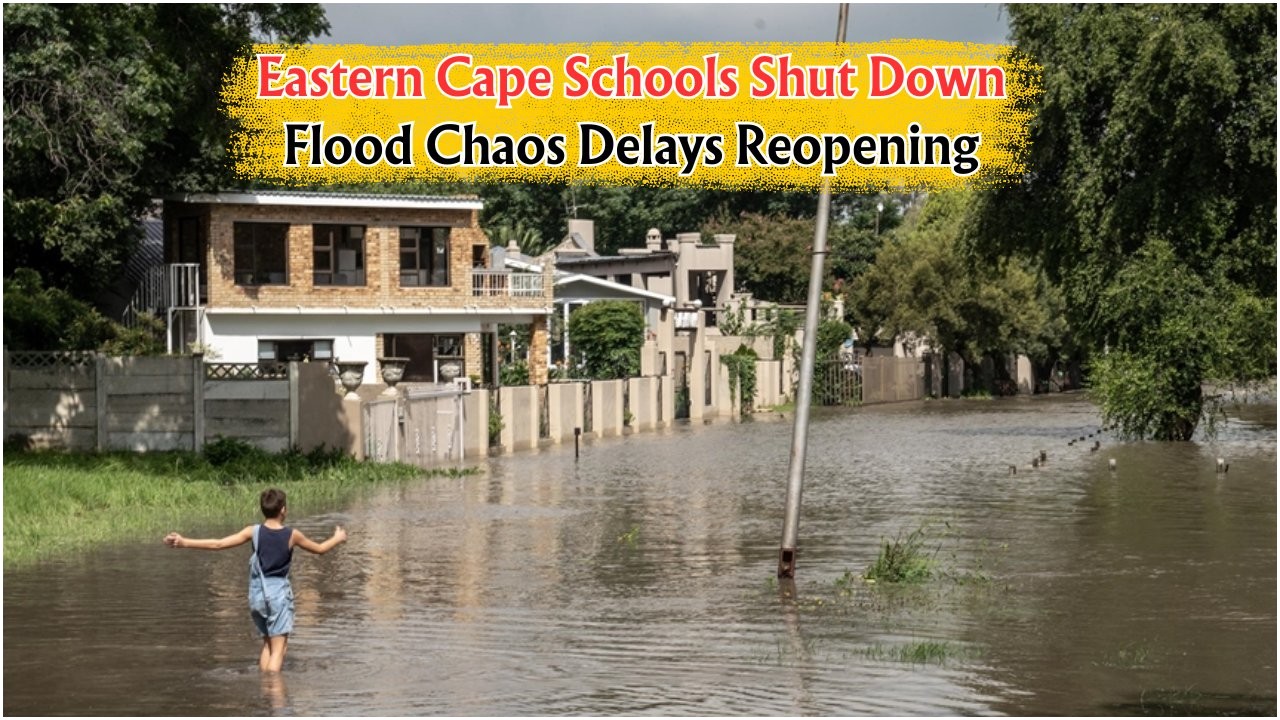Stage 6 load shedding in July: The winter winds have brought more than just a chill to South Africa this July. As temperatures drop, the nation is once again grappling with intensified load shedding. The notorious Stage 6 power cuts have returned, heralding a challenging time for households and businesses alike. This resurgence is largely due to the unexpected shutdowns at the Camden and Majuba power stations, critical components of the country’s energy infrastructure. As many South Africans brace themselves for longer periods without electricity, the implications of these outages are being felt across various sectors, from causing disruptions in daily life to impacting economic activities.
Impact of Stage 6 Load Shedding in July
The return of Stage 6 load shedding in July has had widespread repercussions across South Africa. Not only has it affected daily routines, but it has also posed significant challenges for businesses trying to maintain productivity. With power cuts lasting longer and affecting larger areas, South Africans have had to adapt quickly to ensure that essential services remain uninterrupted. For many, this means investing in alternative energy sources like generators or solar panels, which adds an extra financial burden.
- Increased reliance on backup power sources
- Disruption to small businesses and industries
- Impact on education due to online learning setbacks
- Heightened stress on essential services like healthcare
- Economic slowdown affecting GDP growth
Understanding the Shutdowns at Camden and Majuba
The unexpected shutdowns at the Camden and Majuba power stations have been pivotal in the return of Stage 6 load shedding. These stations are crucial to South Africa’s energy supply, and their operational issues have compounded the country’s electricity woes. Camden, located in Mpumalanga, is one of the oldest power stations and has been facing maintenance challenges. The Majuba power station, also in Mpumalanga, has struggled with silo collapses and other infrastructural issues that have limited its generation capacity.
| Power Station | Location | Capacity (MW) | Issues |
|---|---|---|---|
| Camden | Mpumalanga | 1,561 | Maintenance challenges |
| Majuba | Mpumalanga | 4,110 | Silo collapses |
Adapting to Frequent Power Cuts
With the resurgence of Stage 6 load shedding, South Africans have had to develop strategies to cope with frequent power outages. This adaptation is crucial not only for maintaining daily life but also for ensuring that businesses can continue their operations without significant disruptions. Many households are now turning to renewable energy solutions, such as solar power, to mitigate the impact of these outages.
- Investing in solar panels and battery storage
- Utilizing gas appliances for cooking and heating
- Implementing energy-efficient practices
- Engaging in community-driven energy solutions
- Participating in load reduction initiatives
Economic Ramifications of Load Shedding
The economic impact of load shedding in South Africa cannot be overstated. As businesses face interruptions in their operations, the country’s overall productivity takes a hit, which in turn affects its GDP. Small businesses, in particular, find it challenging to bear the brunt of these power outages, as they often lack the resources to invest in alternative power solutions. Additionally, the manufacturing sector, which relies heavily on continuous power supply, is particularly vulnerable.
 South Africa's 2025 Budget Brings Relief: Pensioner Grants Rise to R2,315, Child Support Hits R560
South Africa's 2025 Budget Brings Relief: Pensioner Grants Rise to R2,315, Child Support Hits R560
| Sector | Impact | Mitigation Efforts |
|---|---|---|
| Small Businesses | Operational disruptions | Costly backup solutions |
| Manufacturing | Production delays | Shift adjustments |
| Retail | Reduced sales | Investing in generators |
Strategies for Households During Stage 6 Load Shedding
As load shedding becomes a regular occurrence, South African households have had to adopt various strategies to cope with prolonged power cuts. These strategies not only help in managing day-to-day tasks but also in reducing the overall impact of load shedding on family life.
- Creating a power outage plan
- Stocking up on non-perishable food items
- Using rechargeable LED lights and lanterns
- Scheduling activities around load shedding times
Future Outlook and Government Measures
Looking ahead, the South African government is under pressure to implement effective measures to address the ongoing energy crisis. There are ongoing discussions about increasing investment in renewable energy sources to diversify the energy mix and reduce dependence on coal-fired power stations. However, these solutions require time and substantial financial resources.
- Investment in renewable energy infrastructure
- Encouraging private sector participation
- Implementing policy changes for energy efficiency
- Enhancing maintenance of existing power stations
Community Initiatives to Combat Load Shedding
Communities across South Africa have shown resilience in the face of load shedding by coming together to develop innovative solutions. From neighborhood energy co-operatives to shared solar projects, these community-driven initiatives are playing a crucial role in alleviating the impact of power cuts.
- Establishing community energy co-operatives
- Organizing community workshops on energy conservation
- Implementing shared solar projects
- Advocating for local government support
FAQ Section
- What is Stage 6 load shedding? Stage 6 load shedding involves multiple power cuts per day, significantly disrupting daily life and business operations.
- How can businesses prepare for load shedding? Businesses can invest in backup power solutions like generators and solar panels to maintain operations during outages.
- What are the main challenges at Camden and Majuba? Camden faces maintenance issues, while Majuba deals with structural challenges like silo collapses, affecting their power generation.
- Are there any long-term solutions in place? The government is focusing on increasing renewable energy investments and improving existing infrastructure to mitigate future outages.
- How can households reduce the impact of load shedding? Households can adopt energy-efficient practices, use rechargeable devices, and plan activities around scheduled power cuts.






